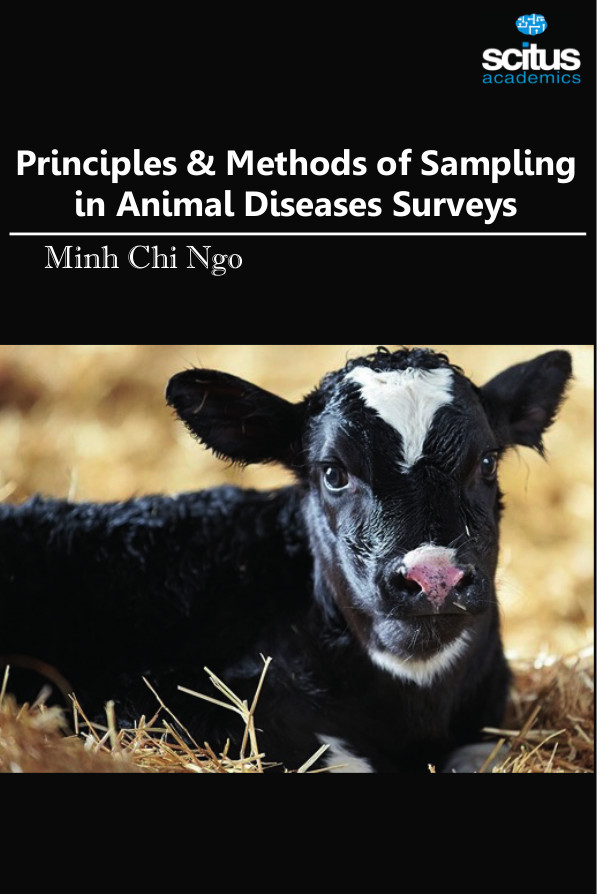Animal diseases can have a negative impact on animal welfare, public health and the economy. This particularly applies to infectious diseases like bird flu, Q fever and swine fever. Farmers, vets and the government work together to control these diseases. Animal diseases result in increased mortality and morbidity in livestock populations. Disease may affect performance through reduced fertility, delays in reaching maturity for reproduction or sale, decreased production of milk, eggs, or wool, decreased draught power, or decreased weight of fattening or cull animals. Animals raised by small-scale producers and backyard farmers in developing countries tend to be plagued with re-infection, and they typically lack access to diagnosis and control programs. Epidemiological studies usually involve sampling from livestock populations in some way in order to make inferences about a disease or diseases present in these populations.
Principles & Methods of Sampling in Animal Diseases Surveys presents methods and techniques for conducting an animal disease surveillance program, and developing an animal health monitoring system. It will be of valued in veterinary epidemiology and regulatory medicine, where there is need for a crisp assortment of material on animal disease monitoring, surveillance, and reporting tactics. This need arises from a new age of international trade regulations established on animal diseases, new demands for accountability in utilization of research funds, and calls for prioritizing and economically justifying animal health regulatory and diagnostic accomplishments. The book is intended to researchers & practitioners, and other animal health authorities who are working in world-wide based programs.













